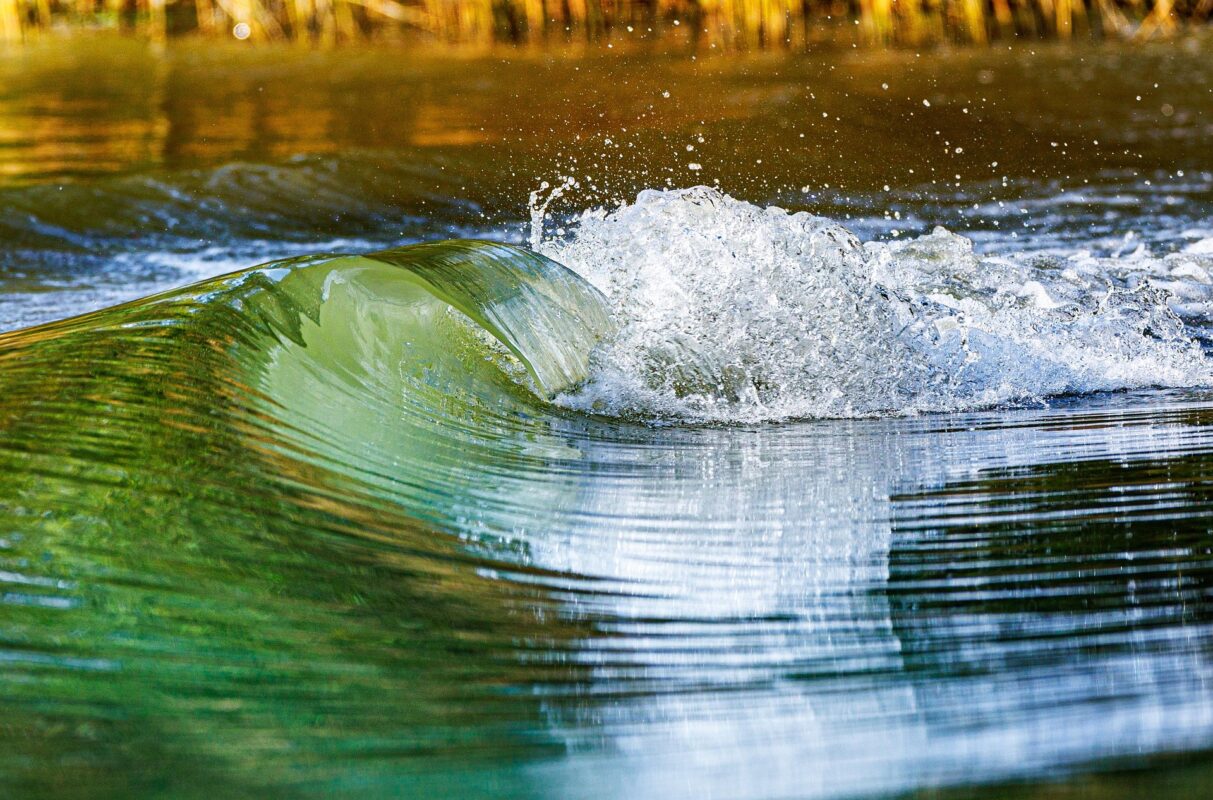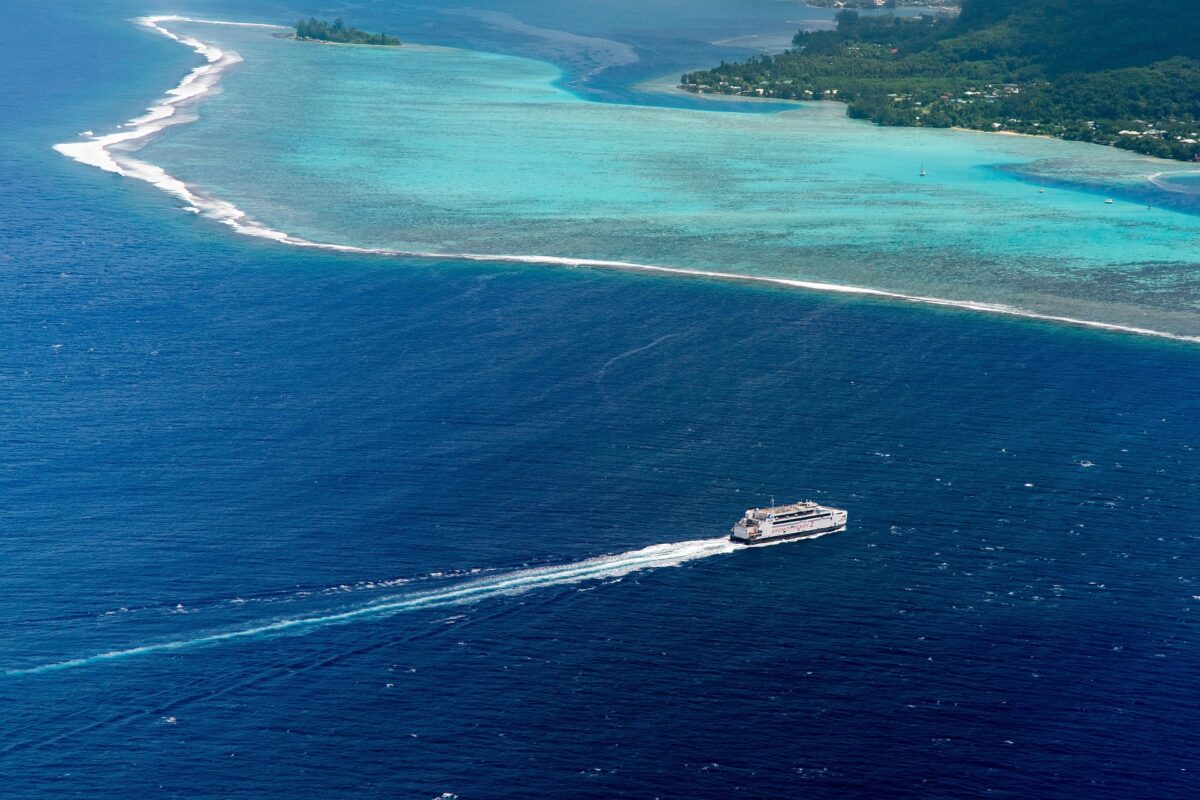
Blog
The Kamchatka Earthquakes – A Powerful Reminder from the Pacific Rim

The Kamchatka Peninsula is one of the most well-known seismic hotspots in the world. Located in Russia’s Far East, this dramatic landscape of volcanoes, mountains, and rugged coastline is famous not just for its raw beauty, but for its frequent and powerful earthquakes.
In July 2025, Kamchatka once again made international headlines after a magnitude 7.7 earthquake struck just off its eastern shore. While the physical damage was moderate, the event served as a stark reminder of how unpredictable and interconnected our planet truly is. Earthquakes in Kamchatka don’t just shake one region—they send signals across oceans, through data centers, and into the policies of governments far beyond Russia’s borders.
A History Written in Tremors
Kamchatka has a long and dramatic history of seismic activity. Sitting atop the boundary where the Pacific Plate plunges beneath the Okhotsk microplate, it forms part of the infamous Ring of Fire—a massive chain of volcanoes and fault lines encircling the Pacific Ocean. This makes it one of the most tectonically active regions on Earth.
One of the most powerful events in recorded history happened here in 1952: a magnitude 9.0 earthquake that unleashed devastating tsunamis. Waves reached as far as Japan, Hawaii, and even the coasts of the Americas. That single event placed Kamchatka permanently on the global seismic map, not just for scientists, but for disaster response agencies worldwide.
In the years since, other significant earthquakes—like the magnitude 8.3 event in 2006 and a magnitude 6.9 quake in 2023—have continued to remind the world that Kamchatka is anything but quiet.

The 2025 Event: Immediate Impact
The July 2025 earthquake struck offshore but was felt strongly across eastern Kamchatka. In towns such as Ust-Kamchatsk and Petropavlovsk-Kamchatsky, residents experienced intense shaking. Buildings trembled, power lines snapped, and roads cracked. While no fatalities were reported, several injuries occurred due to falling objects and structural damage in older buildings.
Thanks to improved early warning systems, authorities were able to issue tsunami advisories within minutes. Though the tsunami that followed was relatively small, precautionary evacuations were carried out in low-lying areas. It was a close call—but also a clear success in terms of preparedness and response.
Global Reaction and Preparedness
The moment the quake struck, global seismic networks lit up. The Pacific Tsunami Warning Center (PTWC), Japan Meteorological Agency (JMA), and U.S. Geological Survey (USGS) quickly released assessments and forecasts. Countries across the Pacific—especially Japan, the U.S., and Canada—monitored sea level data and issued localized warnings just in case.
This rapid, coordinated response highlighted the strength of international disaster communication. In an era where one tectonic shift can trigger global ripple effects, seamless collaboration between nations is critical. Social media played its part too, as news and alerts spread rapidly, keeping people informed (and sometimes misinformed) around the world.

Lessons from the Past
The lessons of 1952 still echo today. That quake showed the terrifying reach of a major seismic event, and it forced governments to invest in better tsunami warning systems, emergency drills, and international coordination. Today’s systems are far more advanced, but as the 2025 quake revealed, there are still gaps.
Some rural communities in Kamchatka lack reliable infrastructure. Buildings, especially those constructed decades ago, remain vulnerable. And while evacuation procedures are in place, not all residents have equal access to information or transportation. These are challenges that can’t be solved by technology alone—they require long-term planning and investment.

Scientific and Political Implications
For scientists, earthquakes like the one in 2025 are opportunities. Seismologists from around the world are now analyzing the data to learn more about how stress builds and releases along the Pacific Rim. Russian, Japanese, and American research teams have already begun joint studies to model future risk scenarios.
Politically, the quake allowed Russia to showcase its growing capacity for disaster response. National media highlighted the speed of evacuation efforts and the resilience of infrastructure. Still, some critics have pointed to underinvestment in rural areas and the lack of comprehensive support for Indigenous communities, who often face higher risks.

A Global Warning
Kamchatka’s earthquakes may happen in a remote part of the world, but their messages are global. They remind us that tectonic forces don’t care about borders—and that our shared safety depends on preparation, communication, and scientific cooperation.
But seismic threats aren’t the only global challenges we face today. Take Canada, for example. Right now, the country is grappling with a major environmental crisis: widespread wildfires. These fires are not only destroying forests—they’re releasing massive amounts of CO₂ into the atmosphere, contributing to climate change at an alarming rate. Towns and cities across the country, especially in western provinces like British Columbia, have been shrouded in thick smoke, making daily life difficult and dangerous.
This isn’t just a Canadian problem—it’s a planetary one. And just as we must work together to prepare for earthquakes and tsunamis, we must also unite to face the climate crisis.
Did you know that in British Columbia, a growing carbon credit market is helping address this very issue? It’s not just big corporations that can participate anymore. Today, even small organizations and individuals have the opportunity to contribute to climate action through carbon offsets. This system allows people to support projects that reduce emissions—such as forest conservation and renewable energy—helping to balance out their own carbon footprint.
Now is the time to act. We’ve seen how quickly nature can turn dangerous, whether it’s from shaking ground or burning trees. But we’ve also seen how innovation, cooperation, and commitment can make a difference.
Let’s use the tools we have—like carbon credits—not only to rebuild, but to prevent future disasters. Because whether it’s Kamchatka or British Columbia, the message is clear: we’re all connected, and we all have a role to play in protecting our planet.
